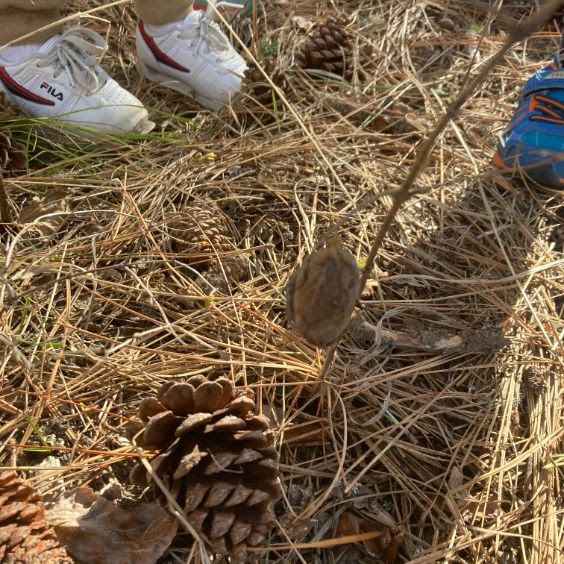Helena noticed a cocoon hanging from a branch alongside Rattlesnake Creek. She carefully collected it and brought it home for observation. Shortly after, she reached out to us for recommendations to help ensure a successful hatch: how to position the branch, where to place the mesh cage in the yard, humidity needs etc. With a little luck, the moth will likely emerge in May or June, at which time she/he will be relocated back to the original spot.
This is our most widespread silkmoth in the US. It is also one of our largest, with a wingspan of up to 6 inches. Like our other giant silkmoths, males have smaller bodies but much larger and more feathery antennae than do females. When they emerge as adults, they don’t have functional mouthparts …meaning they don’t feed. They live for a week to two weeks tops, so it’s basically a race to mate. Here in western Montana, they can be found mostly in May and June. The bright green larvae feed on the leaves of broad-leaved trees and shrubs, including chokecherry, birch, maple, willow, and members of the rose family.
Size: Roughly 1 ½” long and nearly an inch wide
Photos by: Helena Koelle on 4/20/22 in Missoula, MT
